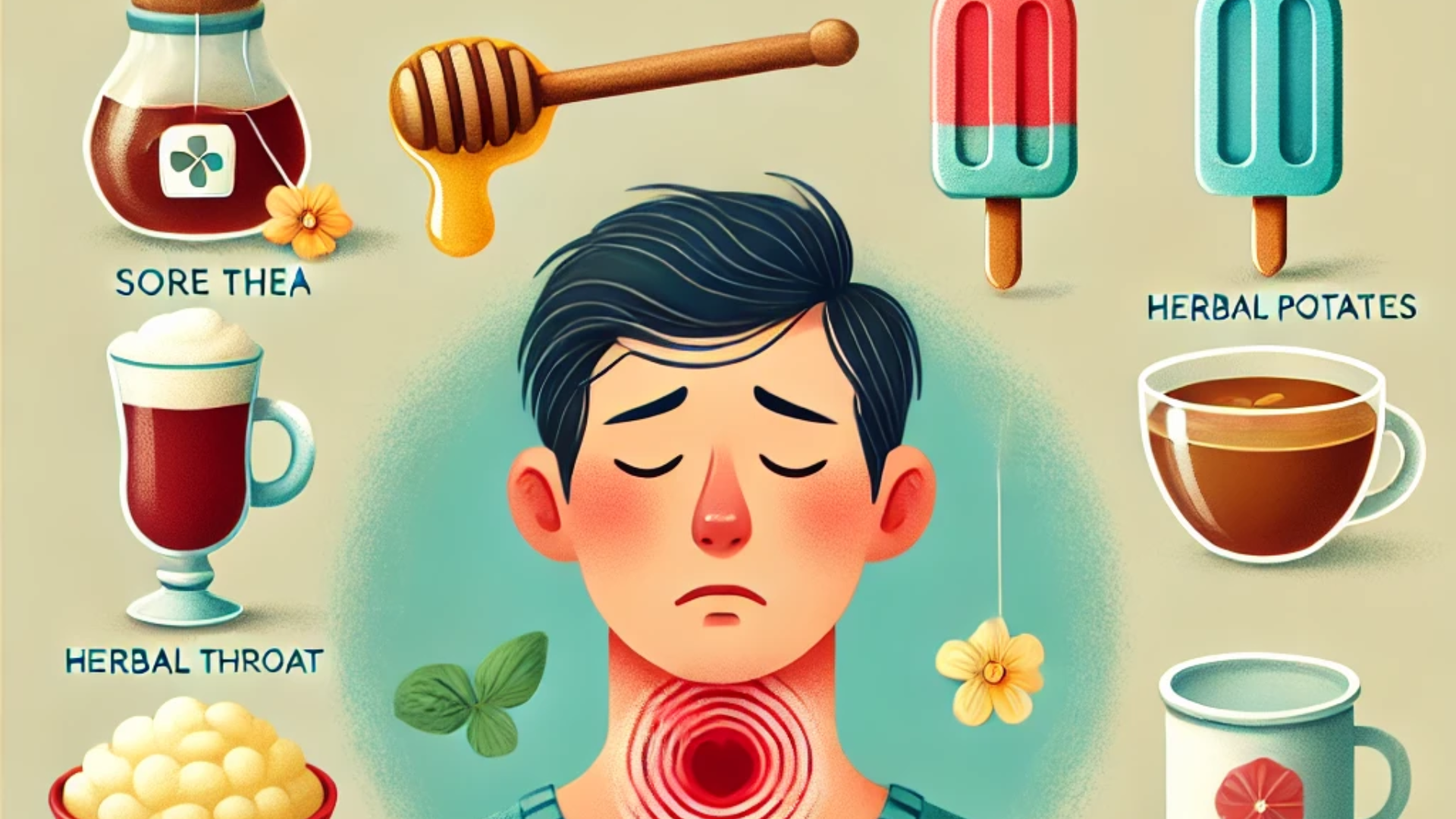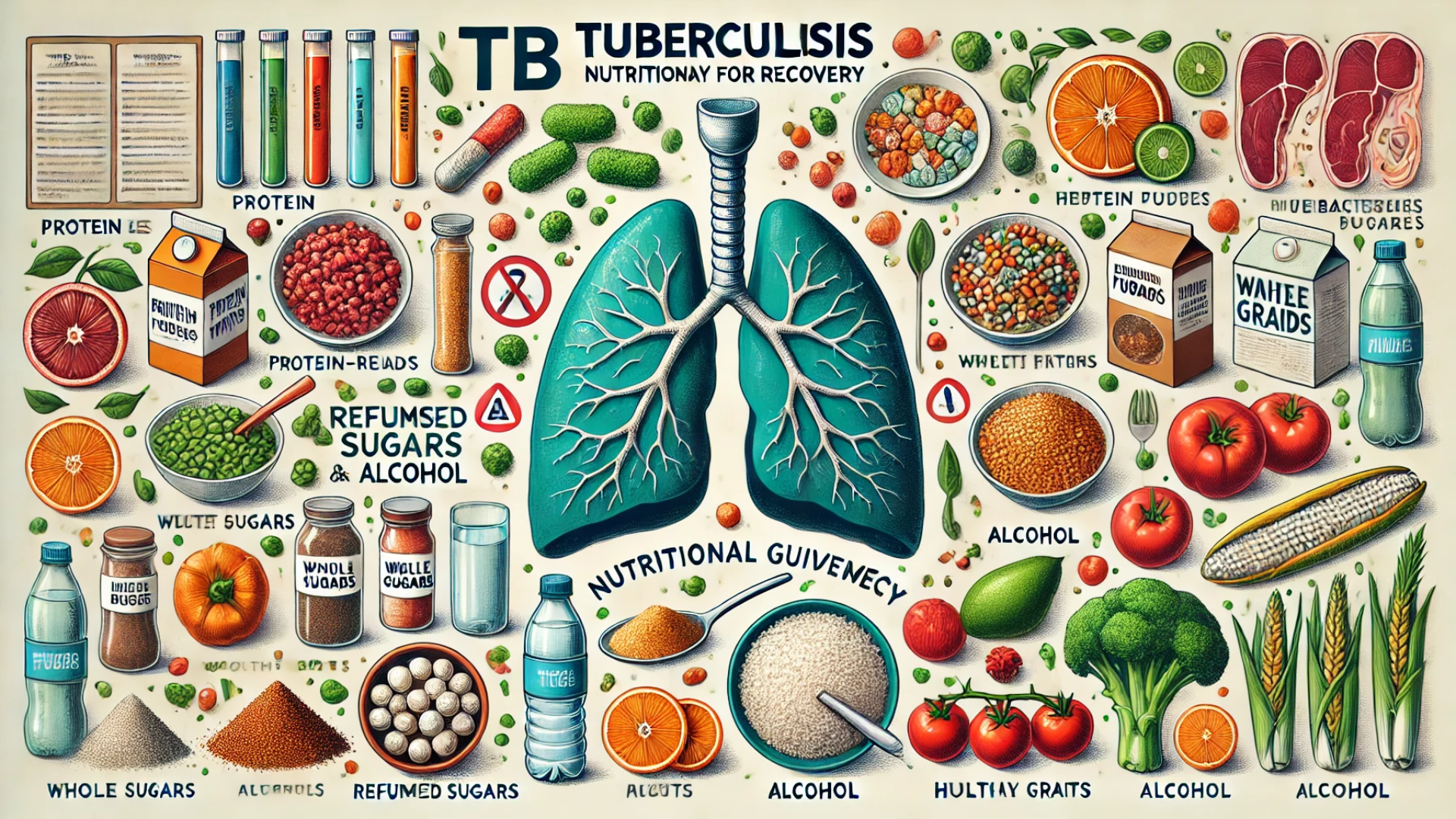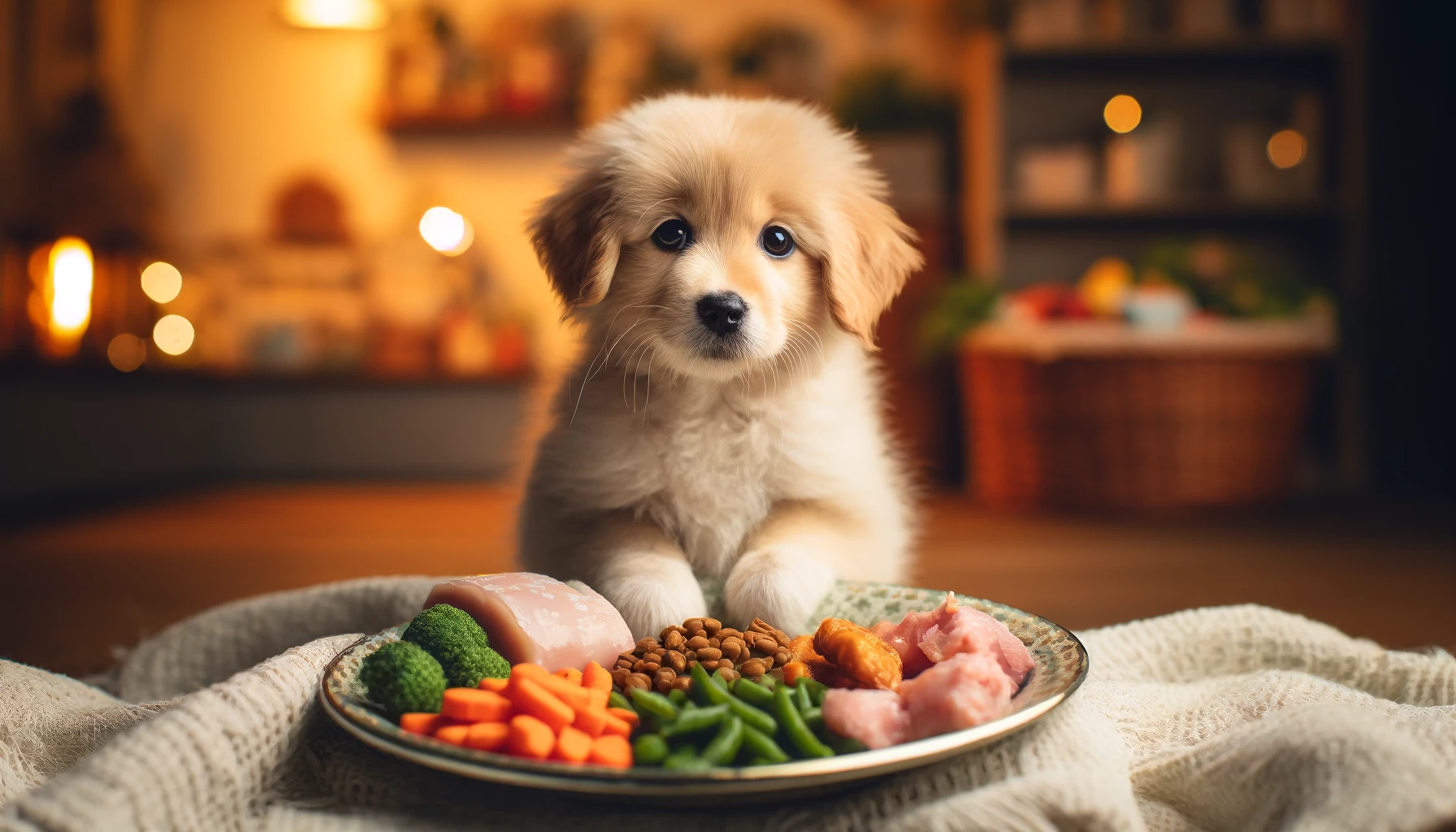
When it comes to keeping our dogs healthy and happy, knowing what foods to avoid is just as important as choosing the right kibble or treats. Many dog owners may not realize that some common foods can be harmful, or even deadly, to their pets. Here’s a detailed look at six types of dog food and ingredients that should never make it into your dog’s diet.
1. Chocolate

It’s widely known that chocolate is a no-go for dogs, but why exactly is it so dangerous? The culprit is theobromine, a compound that dogs process much slower than humans. Even small amounts of chocolate, especially dark or baking chocolate, can cause symptoms like vomiting, diarrhea, rapid breathing, increased heart rate, and seizures.
2. Xylitol
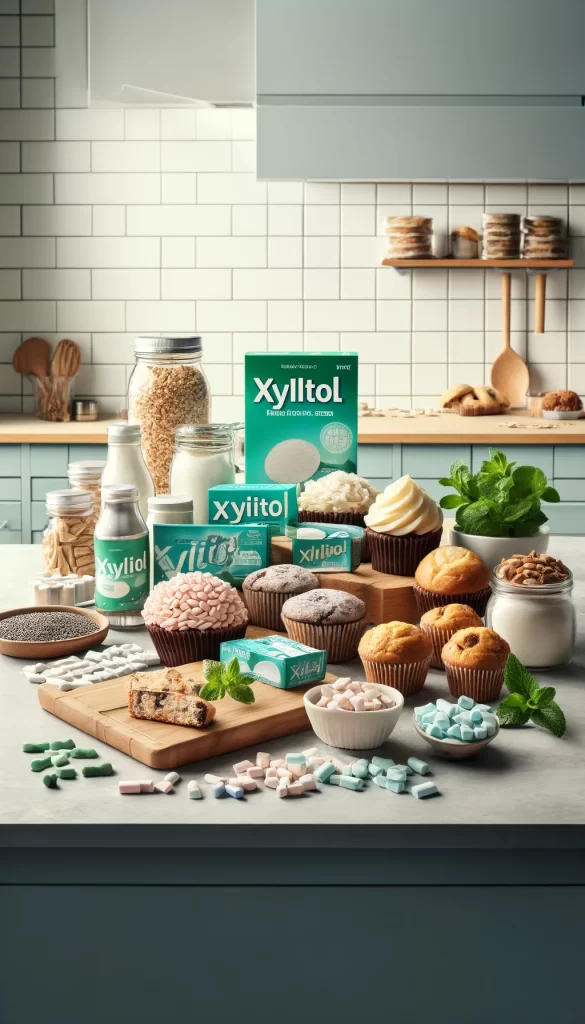
Xylitol is a sugar substitute found in many sugar-free products, including some types of peanut butter, which is a favorite treat for many dogs. However, xylitol can cause insulin release in many species, which can lead to liver failure. The increase in insulin leads to hypoglycemia (low sugar levels), which can be life-threatening. Early symptoms include vomiting, lethargy, and loss of coordination.
3. Grapes and Raisins

Though the exact toxic substance in grapes and raisins is unknown, these fruits have been linked to kidney failure in dogs. Even a small amount can make a dog ill, with repeated vomiting being an early symptom. Within a day, your dog might become lethargic and depressed, showing how severe the poisoning can be.
4. Onions and Garlic
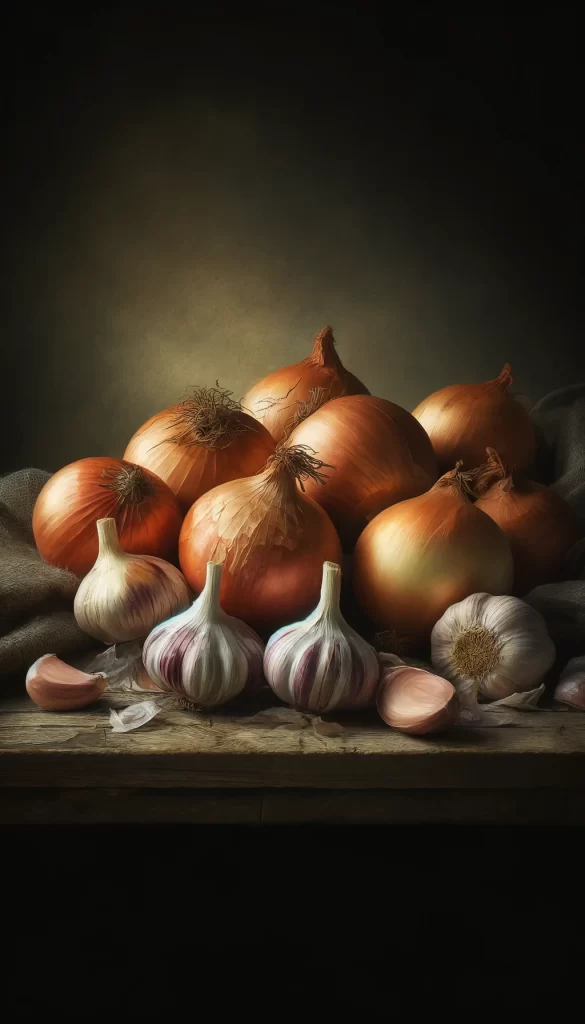
Both onions and garlic belong to the Allium family and are toxic to dogs in any form—raw, cooked, or powder. They contain compounds that can cause oxidative damage to red blood cells, leading to anemia. Symptoms might not appear immediately, but keep an eye out for weakness, vomiting, and breathing problems, which can surface after a few days.
5. Macadamia Nuts
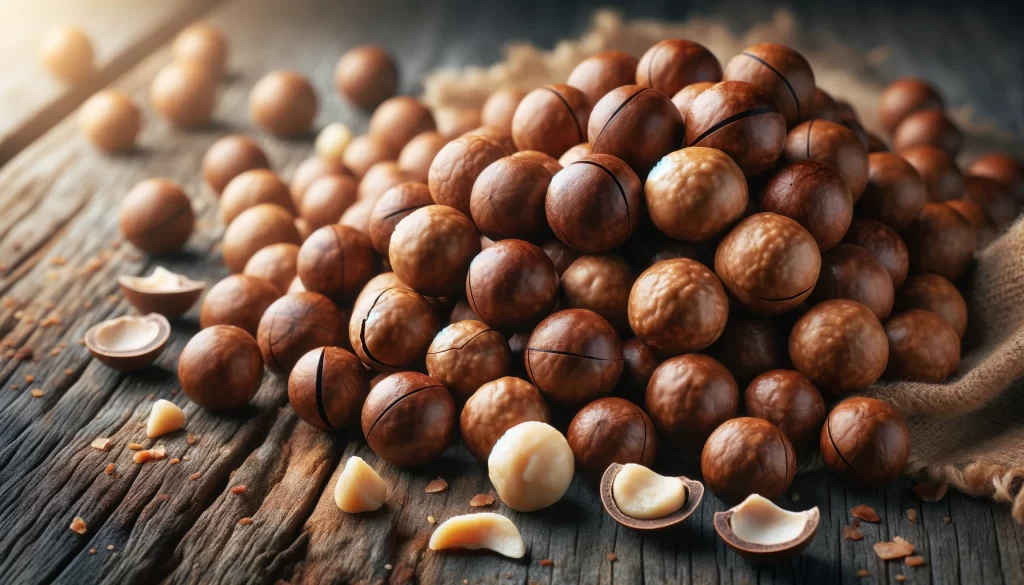
Macadamia nuts are another toxic food for dogs, capable of causing symptoms ranging from weakness in the hind legs, vomiting, and tremors to hyperthermia. These symptoms typically appear within 12 hours of ingestion and can last up to 48 hours. Although not typically fatal, the discomfort and potential complications are reason enough to keep these nuts out of reach.
6. Raw Yeast Dough

Uncooked yeast dough can expand in your dog’s stomach, leading to pain and bloating. As the yeast ferments the dough to make it rise, it produces alcohol, which can lead to alcohol poisoning. This might seem like a lesser-known danger, but it’s a serious risk if your dog gets into homemade bread dough.
Final Thoughts
Understanding what foods are unsafe for dogs can significantly reduce the risk of accidental poisoning. Always be vigilant about keeping these dangerous foods out of your dog’s reach and educate others who might handle feeding your pet. For any dietary changes or concerns, consulting with a veterinarian is always the best course of action. Remember, a well-informed dog owner is a dog’s best friend!
FAQ: Dangerous Dog Foods
Q: Can dogs eat any chocolate at all?
A: No, dogs should not eat chocolate of any kind due to the presence of theobromine, which is toxic to them.
Q: What should I do if my dog eats grapes or raisins?
A: If your dog eats grapes or raisins, contact your veterinarian or an emergency pet poison hotline immediately, as it can lead to kidney failure.
Q: Are there any safe alternatives to foods listed as dangerous?
A: Yes, there are many safe and healthy alternatives that dogs can enjoy. For instance, instead of macadamia nuts, consider safer options like carrots or apples (without seeds).
This comprehensive guide aims to keep your pet safe and healthy by informing you of the common dangers lurking in everyday foods. Stay vigilant and keep these items out of paw’s reach!
